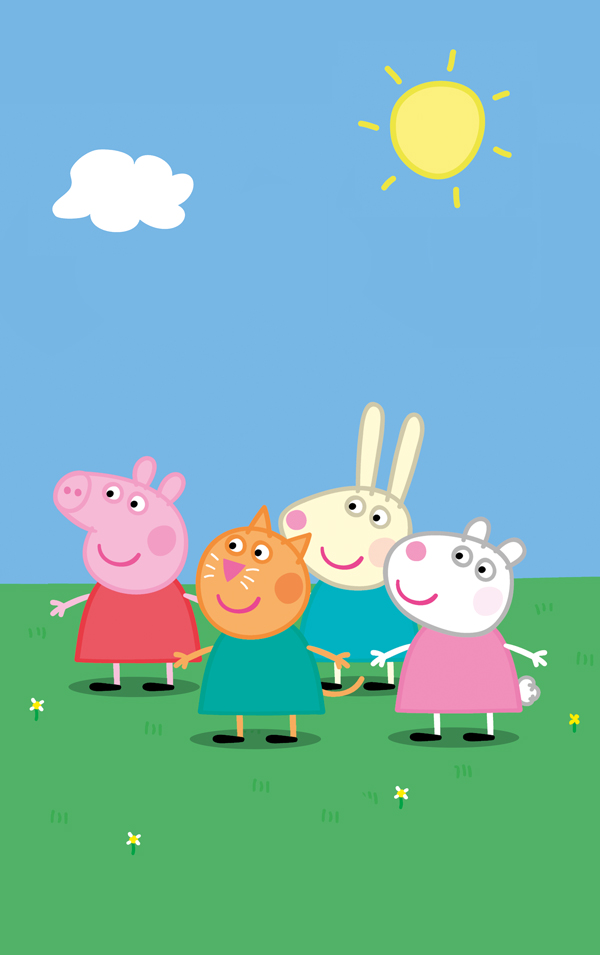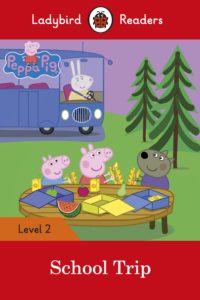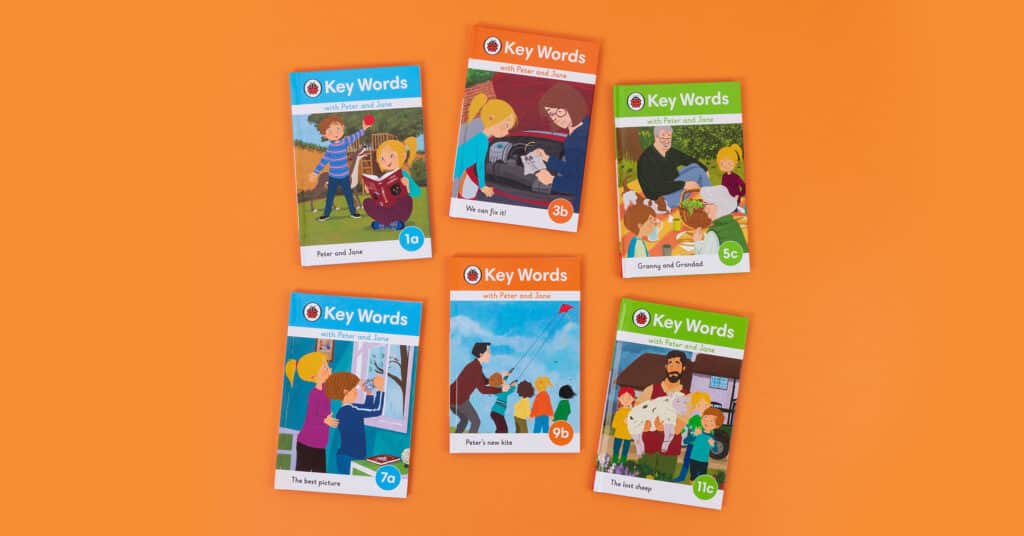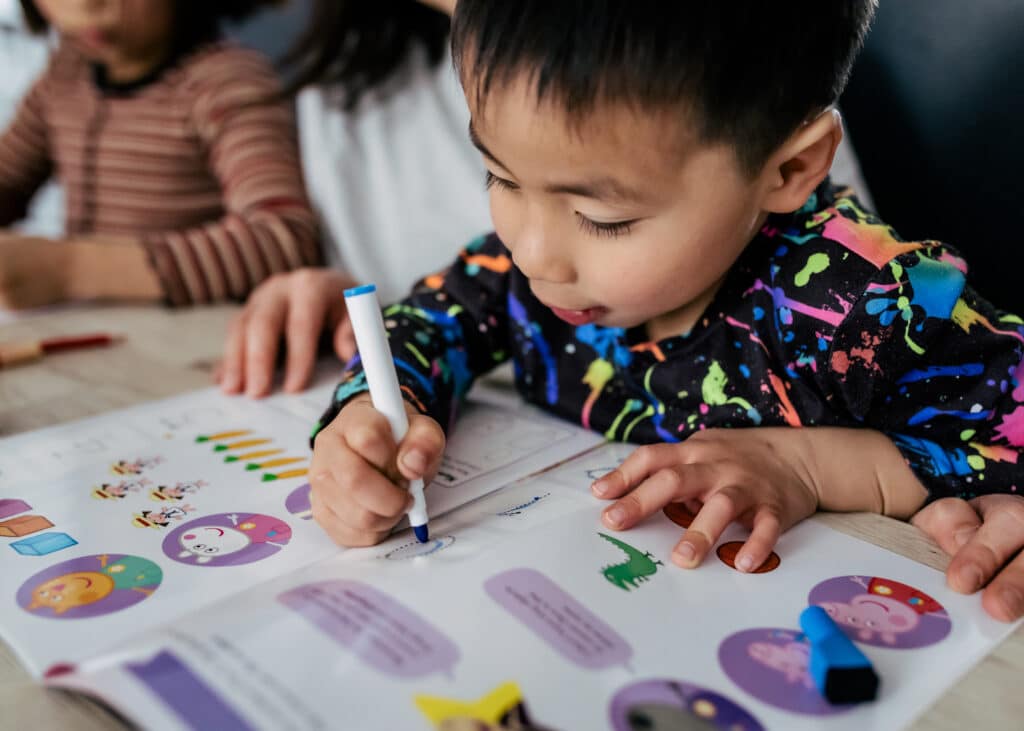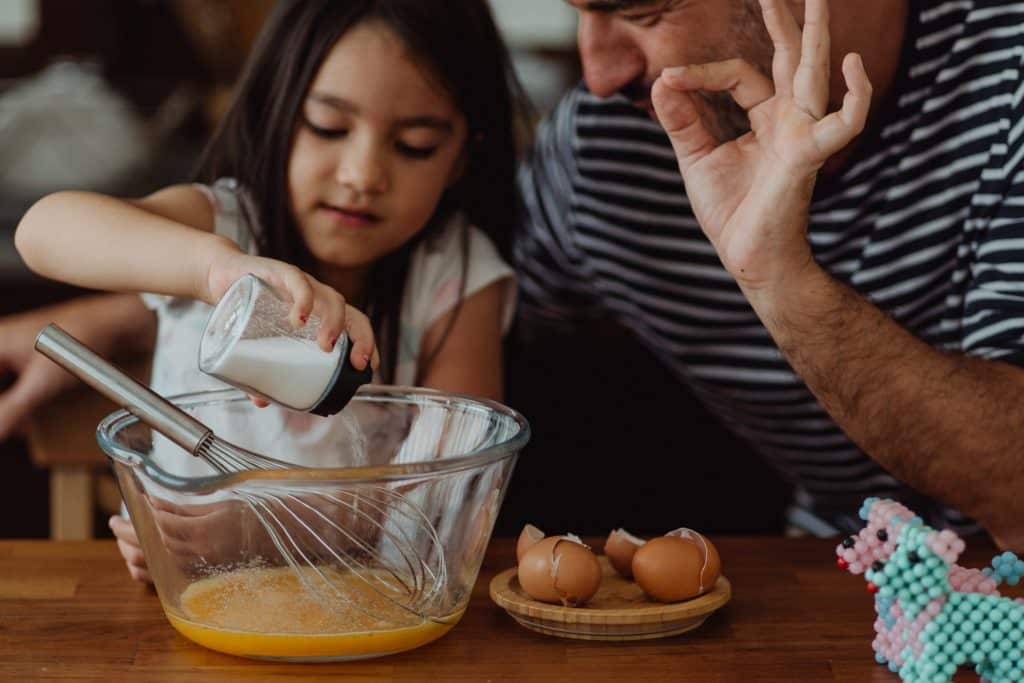How Peppa Pig Can Help You Focus on friendship
Here are five interactive activities for your classroom, using Peppa Pig Ladybird Readers to engage children in friendship in the classroom.
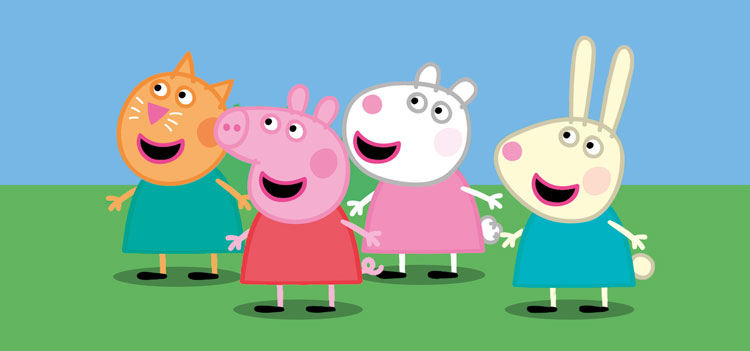
Stories and books with well-known characters are an easy and accessible way to engage children in reading. In the Ladybird Readers series, featuring everyone’s favourite pint-sized piglet, Peppa, friendship is a key theme running through the books. Here are some ways you can use them to capture the attention of your second-language learners through fun classroom activities.
Read: Peppa Pig: Playing Football
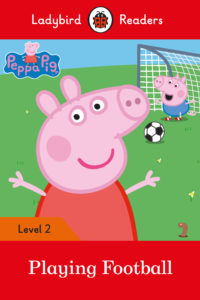
This intermediate book focuses on the importance of friendship and working as part of a team, showing all of Peppa’s friends playing together in a game of football. Focusing on the positive aspects of friendship through literacy and storytelling can help learners extend this into their social world in the classroom to build groups of friends and create a solid foundation in their school life.
Related classroom activity 1: Movement
Movement and active learning can help bring a book to life, especially for more reluctant readers. It’s a great way to have a giggle while reading and involve all learners. This book features a football game and the actions of the game can be used whilst reading. To begin the activity, teach the children to kick, throw, run and goal through mime.
Whilst reading, encourage the pupils to mime the action each time it appears in the book. It may be helpful to remind students these should be mimes, so you don’t end up with a stampede in the classroom! Show them the goal can be mimed by displaying a big smile with two arms waving in the air.
Read: Peppa Pig: School Trip
Post-reading activities are just as important as the reading process itself. This gives teachers the opportunity to concept check key vocabulary items, consolidate a theme or topic and assess how much the pupils have understood from the overall book.
Related classroom activity 2: Interactive storytelling table
Create an interactive table in your classroom with a range of realia from the story. Use the realia to retell the story and as a tool to draw out ideas from the pupils. Ask your pupils to select an item from the table and discuss how it was used in the book. You could use a picnic basket to discuss when Peppa and her friends had a picnic, or some stuffed animal ducks to chat about when Peppa and her friends saw some ducks in the story.
Related classroom activity 3: Picture card movement game
Prepare a range of coloured pictures and place them around the classroom or in the playground as an outdoor activity. The pictures should be key vocabulary items from the book, such as a picnic, a bus, children, snow, mountain, arrows, or ducks.
Give the pupils instructions as a class, such as ‘everyone walk very slowly to the ducks’. The pupils need to listen to the instructions, understand them and make their way to the correct picture card. Once all the pupils are in the correct place, elicit as much information as possible by asking prompts. This is an effective method to consolidate key words in an engaging way. You can add a little fun by giving different directions for each picture, such as ‘hop to the mountain’, or ‘jump to the snow’
Related classroom activity 4: Giant floor match up
This game encourages learners to match visual pictures with written words. Make A3 coloured pictures of key language from the book, such as a picture of a duck or a mountain, and then make correlating word cards for each picture. Lay all the cards down flat, upside down, and ask the class to work together to match each picture and word correctly. Allow each pupil to turn over a card; this is a whole class activity that works best with the pupils standing and actively taking part.
Related classroom activity 5: A friendship picnic
Use the activity of a picnic in the book to arrange a class picnic focusing on the theme of friendship. Set up a picnic arrangement in the class for all the pupils to join in. You can then create activities and prompts around this, such as:
- Ask students who they want to sit with on the friendship picnic. Suggest they work together to make a seating plan so everyone can sit next to their friends.
- Ask learners to think of all words related to friendship – an effective way to do this is to pass a ball around all the pupils and when they have the ball they have to say a word related to friendship.
- Write a selection of words on the board, then ask learners to work in pairs or small groups and choose all the words related to friendship.
Resources
Tags
Classroom learning | English as a first language | Ladybird ReadersLevels: Beginner

